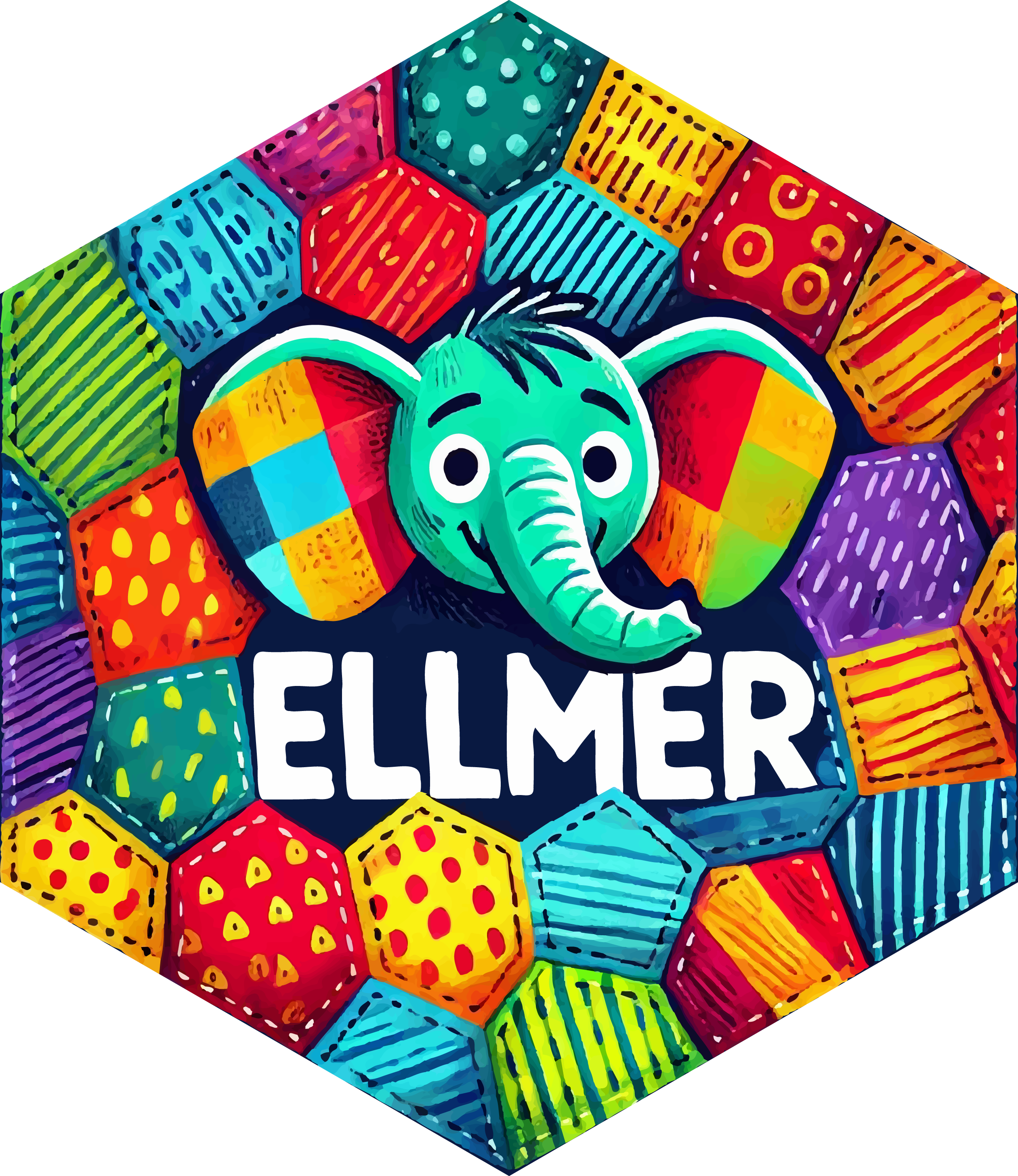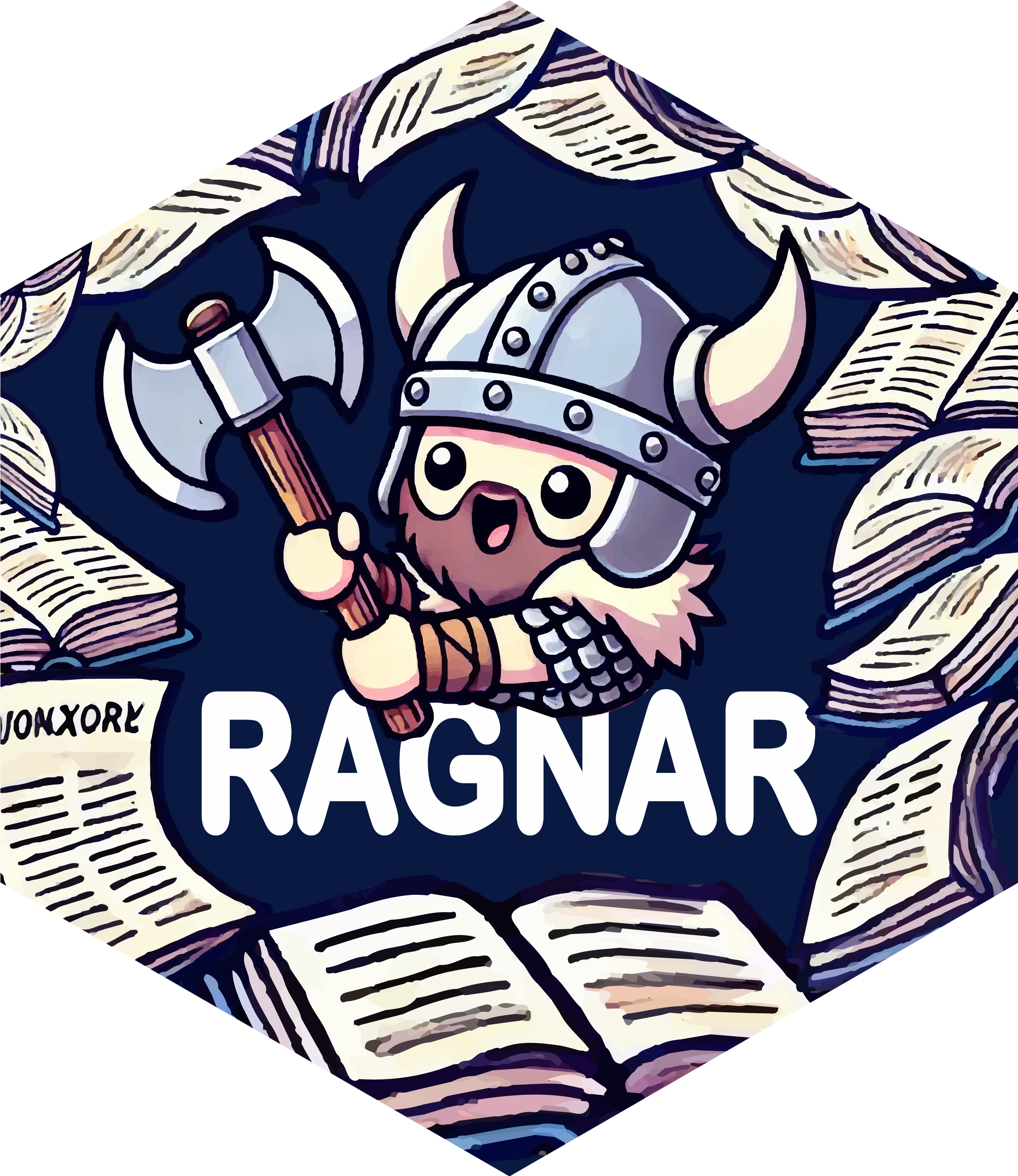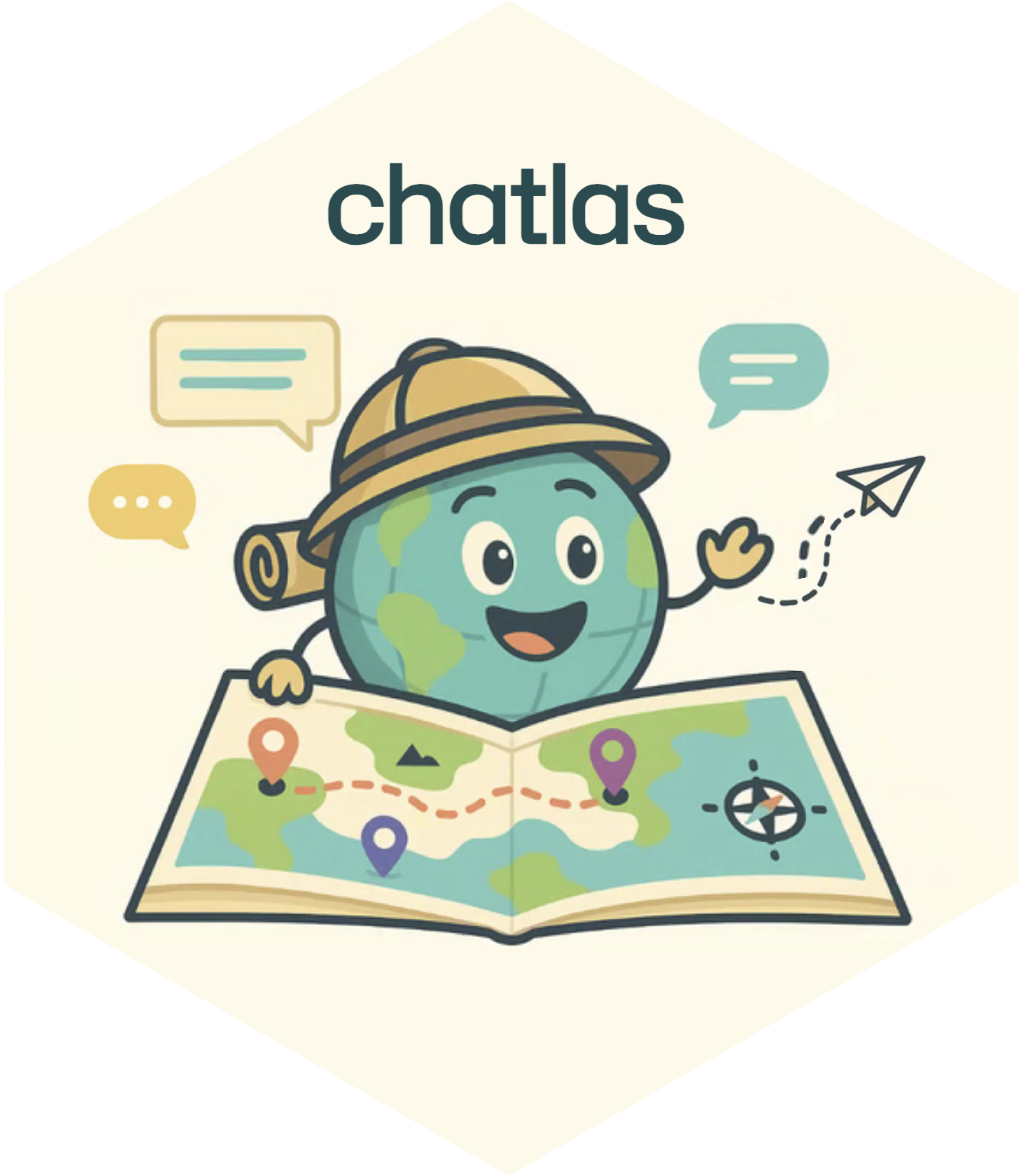Augmented Generation
Programming with LLM APIs
A Beginner’s Guide in R and Python
posit::conf(2025)
2025-09-16
Welcome back to work
Your Turn 15_coding-assistant
Use Claude 3.5 Sonnet to write a function that gets the weather.
The first time, use Claude on its own.Do some basic research for Claude about
how to use a specific package to get the weather.How does Claude do with the same task now?
06:00
Augmented Generation
Augmented Generation
Retrieval-Augmented Generation (RAG)
Retrieval-Augmented Generation (RAG)
Retrieval-Augmented Generation (RAG)
Retrieval-Augmented Generation (RAG)
Retrieval-Augmented Generation (RAG)
How do we find relevant documents?
Answer: word vector embeddings → turn words into vectors
🤴 - 🧔♂️ + 💁♀️ = ❓
🤴 - 🧔♂️ = 👑
👑 + 💁♀️ = ❓
🤴 - 🧔♂️ = 👑
👑 + 💁♀️ = 👸
OpenAI: text-embedding-3-small
Two ways that users encounter RAG
Every prompt you send gets passed through
a RAG system and is augmentedThe LLM can decide when to call the RAG system
In R…


In Python…
Your Turn 16_rag
Follow the steps in the 16_rag exercise, which are roughly:
First, you’ll create a vector database from a set of documents:
- In R: R for Data Science (R4DS)
- In Python: The Polars Cookbook
Test out the vector database with a simple query.
Attach a retrieval tool to a chat client and try it in a Shiny app.
15:00
